The race to deploy 5G networks demands infrastructure that balances speed, cost, and scalability. For multi-operator RAN sharing—a cornerstone of efficient 5G rollout—the 4-legged angle steel tower has emerged as the undisputed champion. Its structural superiority, adaptability, and economic advantages make it the ideal host for shared networks. Here's why.
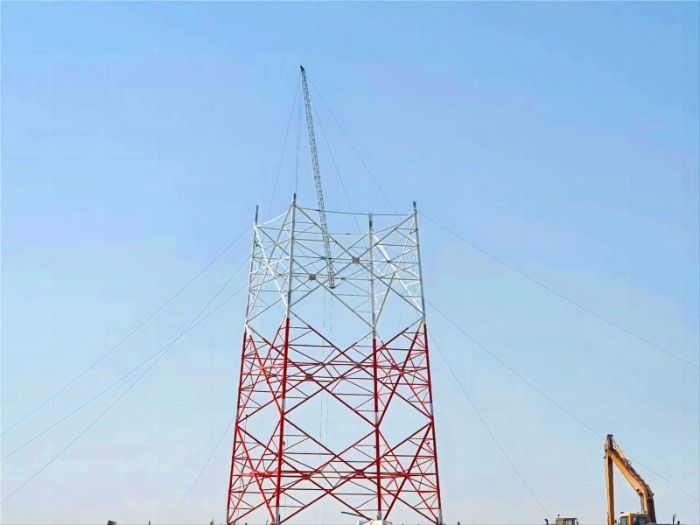
5G deployment is capital-intensive, with spectrum, equipment, and site construction driving costs upward. RAN sharing allows multiple operators to pool infrastructure, drastically reducing expenses while accelerating coverage. For example, shared 5G infrastructure in China saved operators ¥2,700 billion over five years by cutting duplicate investments .
However, not all towers can handle the added load and complexity of multi-operator equipment. This is where the 4-legged tower shines.
4-legged towers distribute weight and wind forces across a wider base, enabling them to support:
Heavier Antennas: Massive MIMO units and multi-band arrays for 5G.
More Equipment: RRUs, microwave dishes, and future IoT sensors.
Higher Wind Resistance: Stable even in extreme weather (e.g., 0.55 kN/m² wind pressure) .
Compared to 3-legged or monopole designs, 4-legged towers exhibit 30–40% greater load tolerance, allowing up to 4–6 operators to co-locate antennas without structural compromises .
The quadrilateral design accommodates multiple platforms at varying heights, addressing critical needs for:
Antenna Isolation: Avoiding interference between operators' equipment.
Modular Expansion: Adding platforms or brackets for new tenants .
Maintenance Access: Safe, dedicated spaces for technicians from different operators.
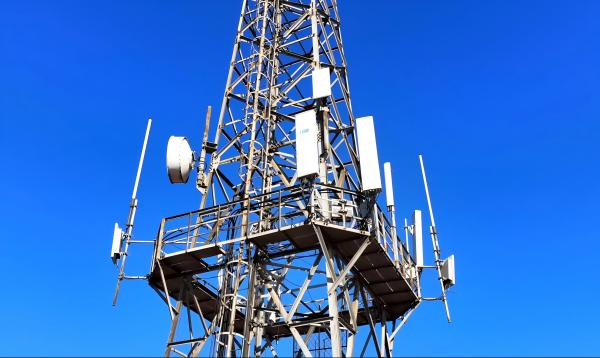
Faster Rollouts: Pre-engineered 4-legged towers can be deployed in 30 days, slashing project timelines .
Plug-and-Play Upgrades: Modular components (e.g., platforms, cables) simplify additions during network expansions.
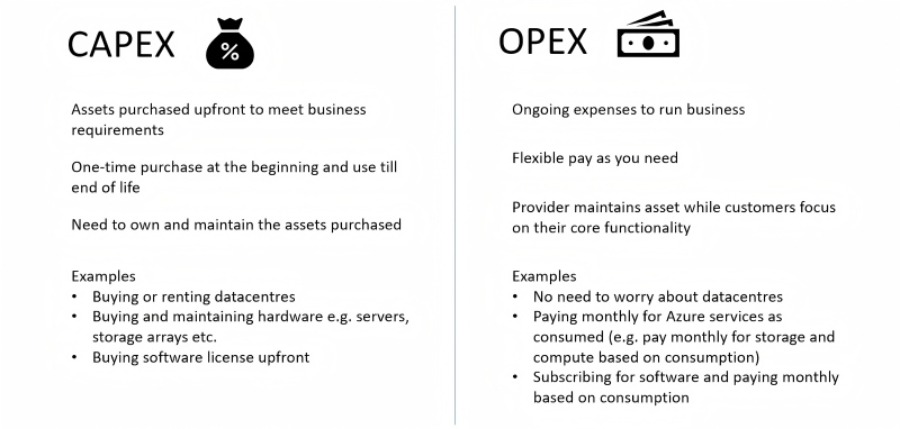
To host additional operators, 4-legged towers can be optimized via:
Load-Balancing Platforms: Distributing antenna weight evenly to prevent overstress.
Reinforced Foundations: Augmented concrete bases or pilings for stability .
Component Upgrades: High-strength steel (e.g., Q345) and hot-dip galvanizing for longevity .
Unified Power Systems: Shared 5G power solutions minimize grid upgrades and battery redundancy .
Multi-Fiber Conduits: Dedicated pathways for each operator's transmission lines .
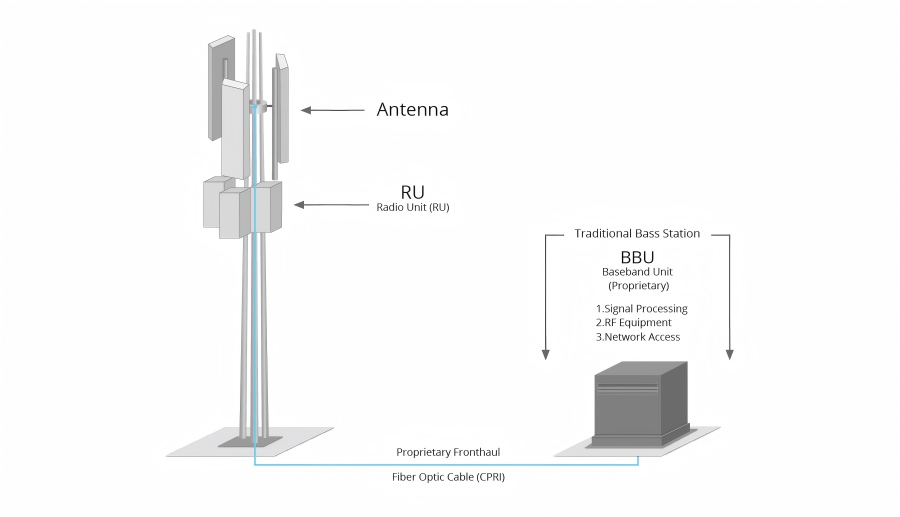
A 45-meter 4-legged tower in Guangdong hosts 3 operators, each with:
6 massive MIMO antennas.
2 microwave backhaul dishes.
RRUs mounted at mid-height.
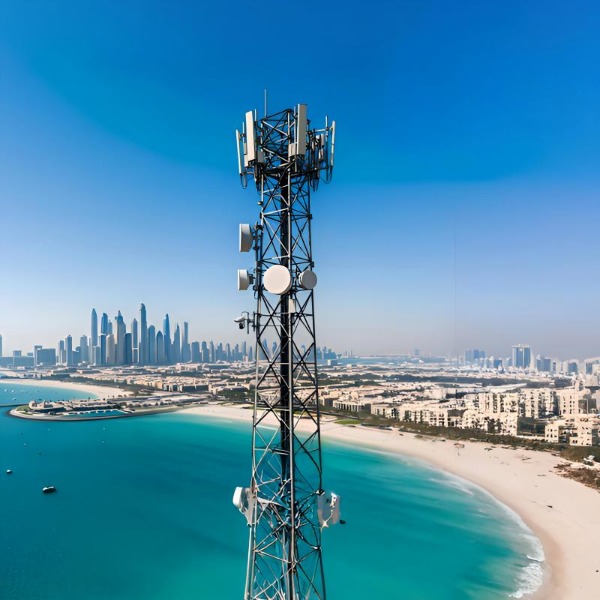
Results:
40% lower per-operator costs versus single-tenant sites.
Zero structural retrofitting during 5G upgrades.
98.5% network uptime during typhoon season .
4-legged towers are inherently scalable:
6G Readiness: Support for larger, higher-frequency antennas.
AI and IoT Integration: Mounts for sensors, edge servers, and energy-harvesting systems.
Sustainability: Compatibility with solar panels and green power solutions .
The 4-legged angle steel tower is more than a structure—it's a strategic asset for multi-operator RAN sharing. By combining brute strength with economic efficiency, it empowers operators to deploy 5G faster, cheaper, and smarter. As networks evolve, this timeless design will continue to form the backbone of connected communities.
Learn more at www.alttower.com